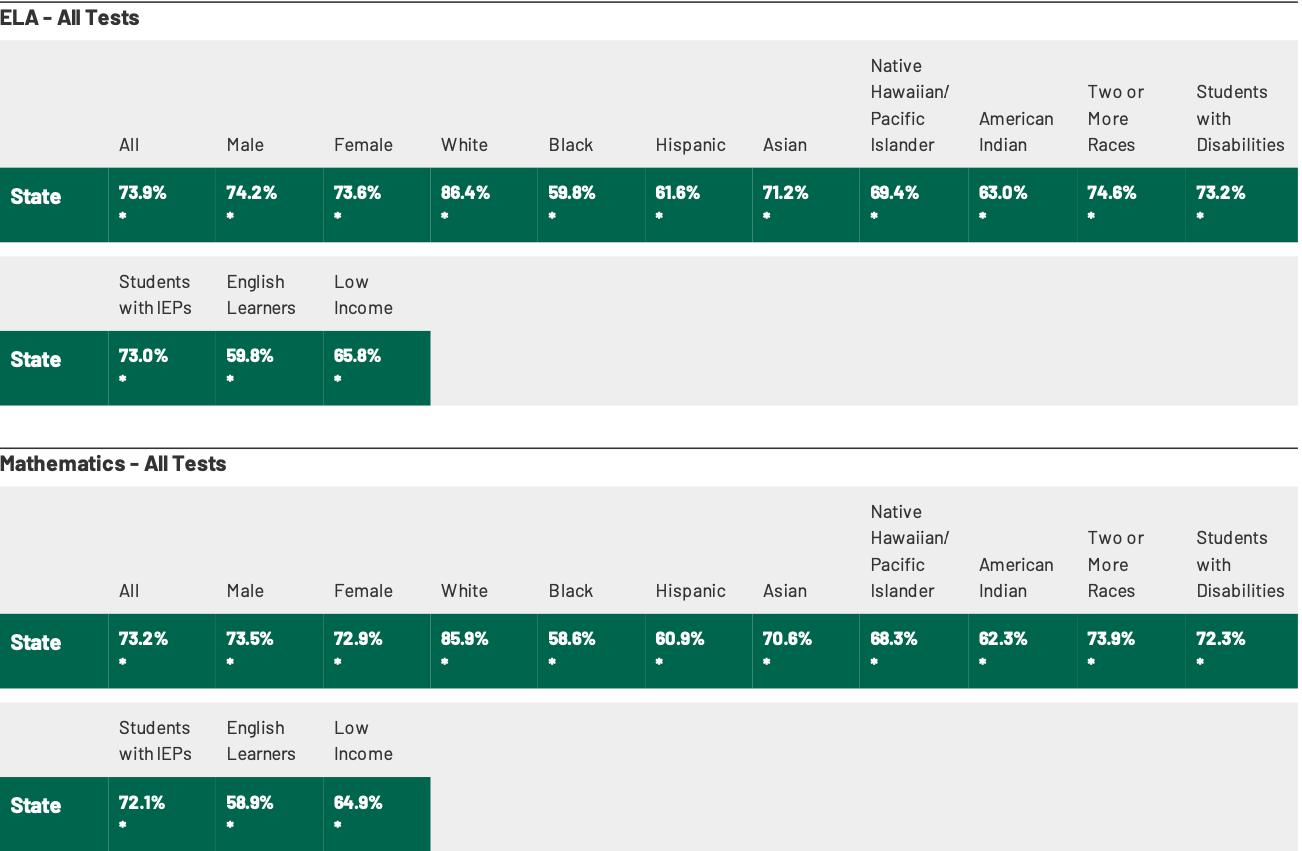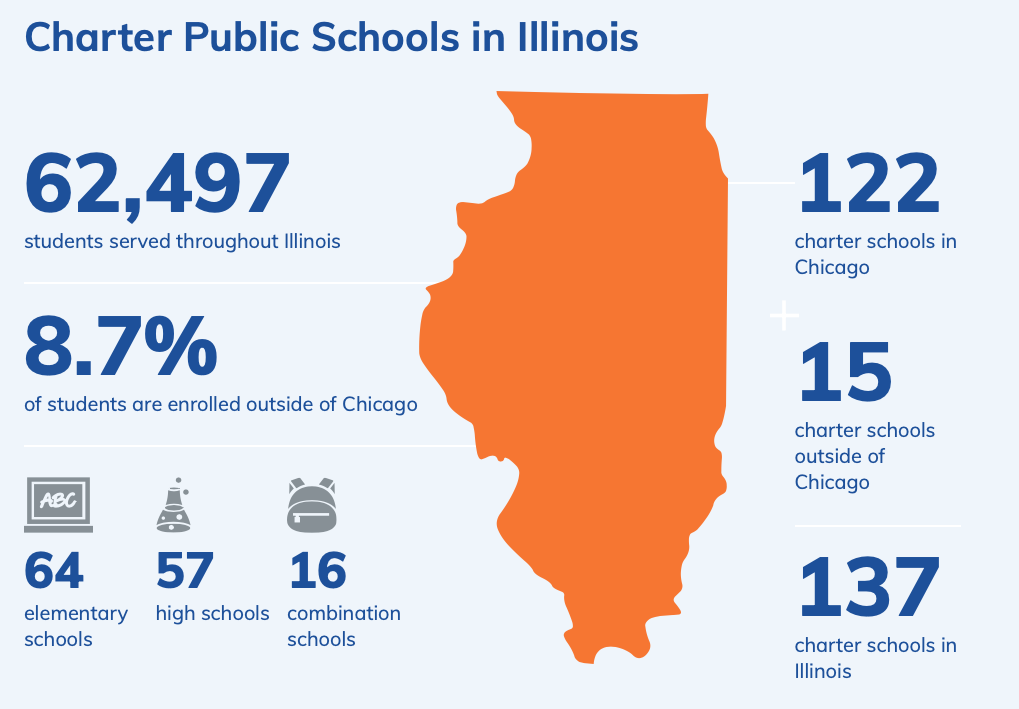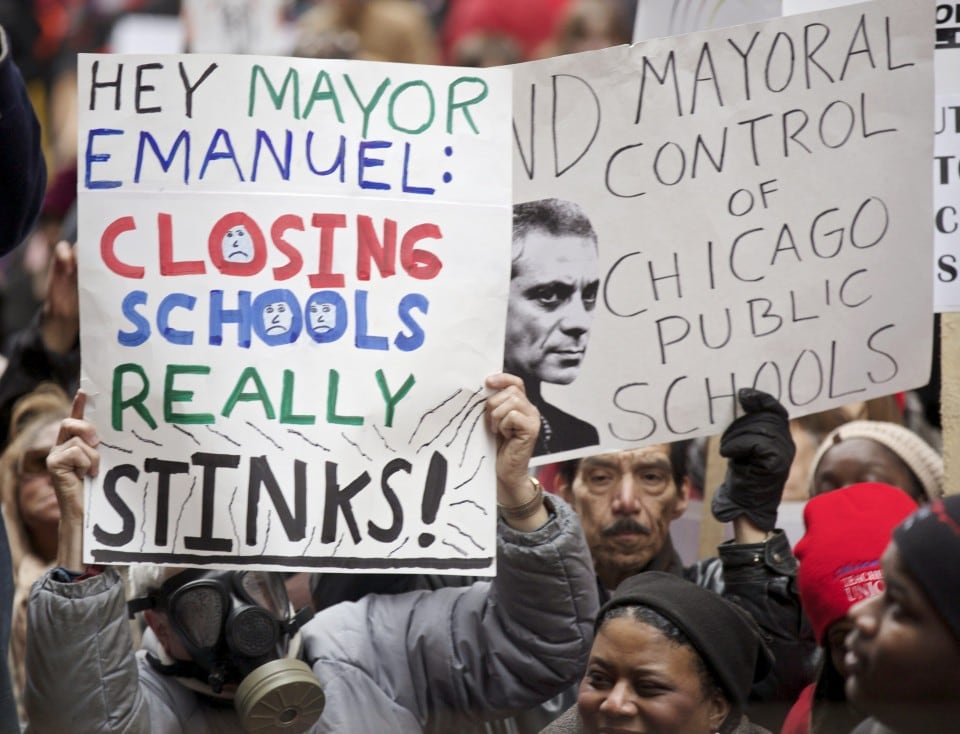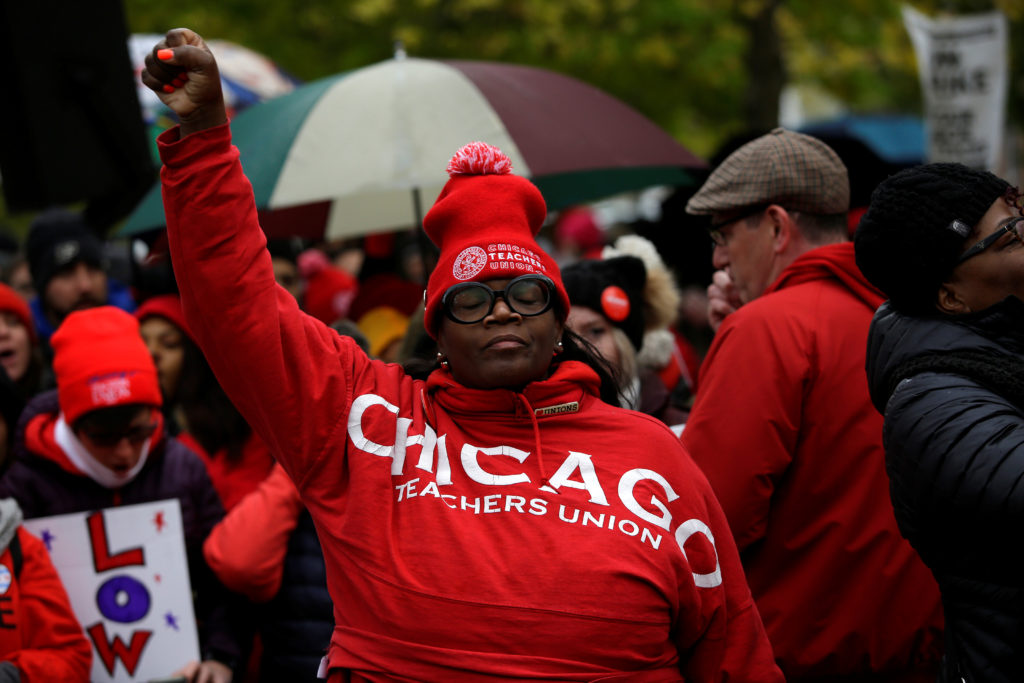Yonas Gebregziabher

Illinois By the Numbers

- There are 1,887, 316 public schools and operates on a $9.7 billion budget. See Figure 1 above for the racial, low income, English learners breakdown. {13}
- Accepted the Common Core teaching standards in 2010 and the Next Generation Science standards in 2014. {6}
- The average per-pupil expenditure is $16, 200, which is higher than the national average of $14,418. {8}
- Summersville Sd 79 district has a $7,429 per pupil expenditure while districts like Ohio Chsd 505 have a per pupil expenditure of $49,724. {14}
However, based on a report published by Wallethub, Illinois has been ranked as one of the least equitable states when it comes to per-pupil funding among its districts. (See figure 2) One of the reasons that inequity persists in Illinois public schools is because of the distribution of funding, especially with regard to per-pupil expenditures. In addition to the lack of proper funding, Illinois has a big problem with the divide among the wealthy and poor districts when factoring in how the budget is to be distributed. At its core, the problem originates from how schools in Illinois are funded. Since the state only covers about 27% of all schools’ expenses, the state is dependent on local property taxes to cover the 65.9% of expenses with the remaining 7.1% coming from federal aid. (See Figure 2b) {13} Therefore, wealthier communities can better provide a higher quality of education since they have more money. However, the poor districts are at a disadvantage because they won’t be able to afford to cover most of the fees associated with running the school. As a result, a lot of schools are forced to be closed, increase class sizes, lay off teachers, and have teachers fulfill the role of different personnel. As seen in the Backpack Full of Cash documentary, the principal had to also double as a school nurse and give out insulin shots. {1} As a result, it creates for a stressful learning and teaching conditions for everyone involved in the schools.


Illinois is attempting to overcome the inequities among the schools in its district by using an Evidence-based funding system. This will allow the state to calculate the amount of extra funding needed for the school to provide a quality education based on the determined adequacy target. In the efforts to work with this formula, the state has allocated an extra $350 million each year to meet the target by 2027. However, based on the analysis done, even this formula will fail to meet the target unless the Illinois State Board of Education can allocate $660 million every year instead. {2} This formula still does not change the amount of money that comes in for local funding, it simply just increases the amount of state funding and favors the low-income neighborhoods by the amount of funding added. However, the ISBE stopped adding extra funding based on the new formula they have come up with in 2020 due to the COVID-19 pandemic. This was detrimental to a lot of schools in low-income districts because they were struggling to combat the challenges that the pandemic presented. Therefore, while there is progress, it has not been consistent, and will take more than 30 years for some districts to reach the adequacy levels.
One of the most important metrics in assessing student success in schools is to analyze student graduation rates. Illinois’ graduation rate is near the national average of 86% at 86.8%. The table below includes a breakdown of the graduation rates by demographic and gender. Additionally, Illinois’ drop out rate is 2.5% with black students making the larger percentage of all students who drop out. {13}

Another important metric used by the Illinois State Board of Education to assess student growth is the percentage of participating students and percent improvement in their performance across ELA (English & the Arts), Science, and Maths. The figure below shows the participation of students that have tested and shows the breakdown by subgroups. Additionally, the requirements to graduate from Illinois public schools include 4 years of language arts, 3 years of math, 2 years each of social sciences, science, and a writing-intensive course, and finally a year of either music, art, or foreign language, or vocational education. {9}

A look into Charter & Private Schools
Illinois is home to 137 charter schools with 122 of the schools being in Chicago. Among those 137 charter schools, there are 62,497 students and 54,633 of those students are enrolled in charter schools that are part of the Chicago Public Schools district. 97% of those students are students of color and 85% of them receive free or reduced lunch. {4}

Illinois has 281,360 private school students (2013). The state of Illinois has allowed for two private school voucher programs; a tax-credit scholarship and an individual tax credit program. This ultimately supports school choice for private schools in Illinois. Parents are eligible to receive a tax credit of up to 25% of their expenses from k-12 after an initial $250 and up to a maximum credit of $750 per family. {18}
Illinois Teachers by the Numbers:
- The average salary is $70,653, which is higher than the $65,090 national average. {13}{19}
- There is the Illinois Federation of Teachers consisting of 200 local unions throughout Illinois. {10}
- There is also the Illinois Education Association with more than 135,000 members. {13}
- On a district level, Illinois is also home to the Chicago Teachers Union which is infamous for its strikes in demand for better teaching and learning conditions.

Case Study: Chicago Public Schools
Infamous for the never-ending violence, Chicago also faces a lot of challenges in the classroom. Due to the large migration of black people into Chicago during the first half of the 21st century, the southside of Chicago went through a lot of difficulties with equity in housing but also in education. {5} Many years later, Chicago Public Schools deemed some of those schools to be underperforming. This further emphasizes the arguments of equality vs equity in public education in Illinois and across the nation in general. Since a large portion of school funding comes from local taxes, wealthier neighborhoods can afford to support their schools a lot more than their less wealthy counterparts. Specifically in such a segregated district like CPS, this creates a problem on the quality of education provided in the same city but just across different neighborhoods.

According to the Ghosts in the Schoolyard: Racism and School Closings on Chicago’s South Side textbook, the majority of the schools closed targeted black or brown dominated schools. {5} Additionally, the schools were closed on metrics that didn’t afford time for the schools to improve. In CPS’ effort to relocate the students, they relocated them to schools that weren’t that much better on the same metrics used to shut down their schools. A lot of parents were also then concerned about how their children would get to school and feel comfortable in a place that they’re not too familiar with.
I start my analysis of Chicago with that story to highlight that the Chicago Public School district has problems that should be addressed at its core. Luckily, the Chicago Teachers Union has been leading the force in the fight for better learning and teaching conditions. There are a lot of schools in Chicago that struggle to handle the student population and as a result, find it challenging to provide adequate education on par with the rest of the district. CPS uses a metric to assess schools based on students’ performance on standardized exams, behavioral records, graduation rates, and other related data points. For the schools that are struggling, it creates an atmosphere where they’re in fear of closure and losing the community that they’ve worked hard to create. As a former CPS student myself, I vividly remember the 2019 strike where teachers were in demand for better compensation, making the class sizes smaller, and more social workers, nurses, and librarians. The CTU strike in 2012 went on for 7 days and the 2019 strike went on for 15 days. {16}

Link to citations: https://docs.google.com/document/d/1-1LuJiEyZdJWmeadRjHxlxgnDHeyuEJu/edit?usp=sharing&ouid=114474863204622289774&rtpof=true&sd=true